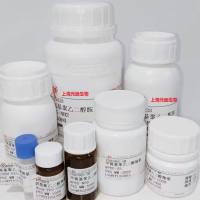Aberrantly folded proteins and peptides are hallmarks of amyloid diseases. A deeper knowledge of the pathways leading to the formation of amyloid protein aggregates and of the mechanisms of their cytotoxicity is fundamental for a better understanding of several human diseases with amyloid deposition. Increasing evidence indicates that amyloids arising from different peptides and proteins behave similarly as for their cytotoxic effects. In general, different cell susceptibility to toxic protein aggregates depends on the efficiency of different cell types to accumulate amyloid precursors at their plasma membrane with subsequent growth of pre-fibrillar and fibrillar entities, resulting in membrane perturbation and cell damage. Actually, protein–lipid interaction displays a twofold aspect: on the one hand, the presence of a lipid membrane may influence protein unfolding and the aggregation process; on the other hand, protein aggregates may modify membrane structure and permeability. Understanding the molecular basis of the membrane–protein interaction (but, more extensively, of the surface–protein interaction) may help elucidating some of the factors affecting protein misfolding and aggregation in vivo . This topic has been investigated by a variety of techniques such as atomic force microscopy, transmission electron microscopy, confocal laser microscopy and flow cytometric analysis. In this overview, such techniques will be reviewed with special emphasis to their use in protein aggregation studies.






